The species of the Allotoca - Mesa Central Conservation Project - Number 1: Allotoca catarinae
Submitted by michael.koeck on 20. April 2019 - 15:26
Common Names: Catarina Allotoca (English), Catarina-darázspontyocska (Hungarian), Catarina-Kärpfling (German), Tiro Catarina (Spanish)
Synonyms: Neoophorus diazi ssp. catarinae de Buen, 1942; Neoophorus diazi (p.p.) Hubbs & Turner, 1939; Neoophorus catarinae Álvarez del Villa, 1959
male (Copyright: E. Radax):
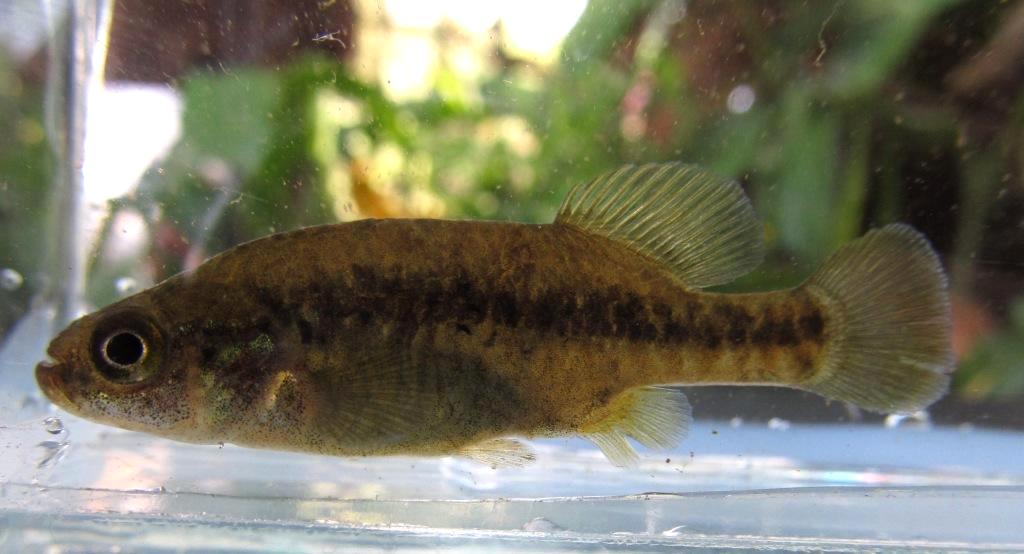
female (Copyright: E. Radax):
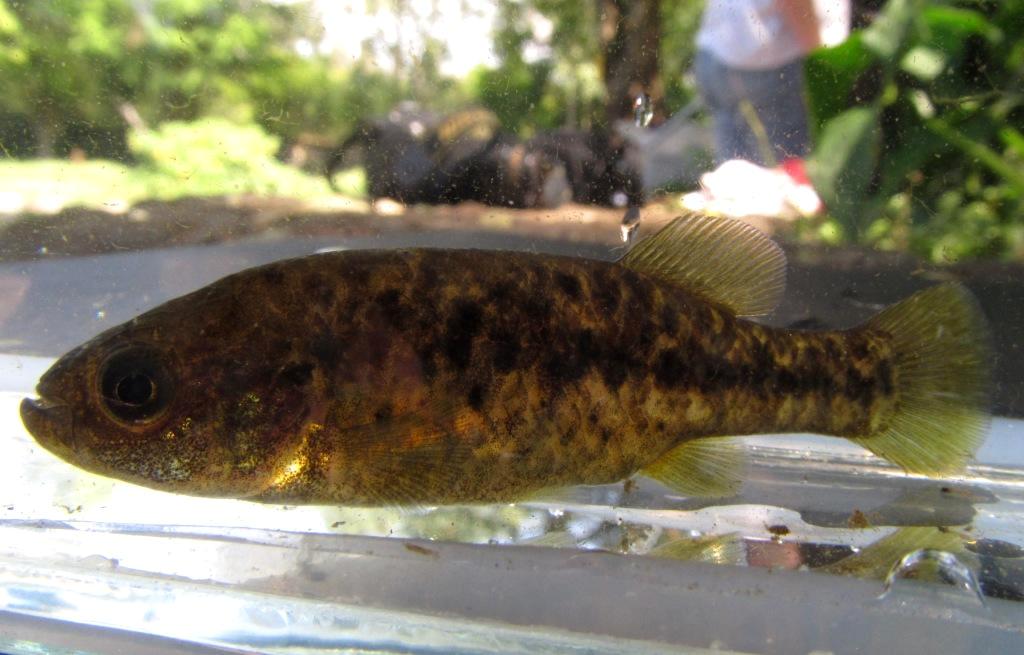
Taxonomic Note: A first collection of the Catarina Allotoca from the Presa Santa Catarina by Hobart M. Smith in 1936 was examined by Carl Hubbs and Clarence Turner, but the fish were placed within Neoophorus (now Allotoca) diazi (Hubbs &Turner, 1939). A few years later in 1941, the Spanish ichthyologist Fernando de Buén y Lozano examined individuals collected by fishermen from the Estación Limnológica de Pátzcuaro, also from the Presa Santa Catarina. He recognised differences to A. diazi and saw the necessity to give this population subspecies level (De Buén, 1942). Finally, a decade later, the Mexican ichthyologist José Álvarez del Villar gave it full species rank (Àlvarez del Villar, 1959). Affiliated to its occurence in only one river system, no subpopulations are distinguished.
Distribution: This species is endemic to the Mexican federal state of Michoacán. It inhabits the Río San Antonio (Río Santa Bárbara or Río Santa Catarina), an affluent of the Río Cupatitzio, from the spring of this river above the Presa Catarina (Presa Caltzontzín) downstream, and after its junction with the Río Cupatitzio in this river downstream with the last known location site about 500m S of the Presa Cupatitzio. The Río Cupatitzio itself is an affluent of the Río El Marqués, an affluent of the Río Grande, which is the western tributary to the Río Balsas, so the species belongs to the fish fauna of the Río Balsas drainage.
The Río Cupatitzio drainage:
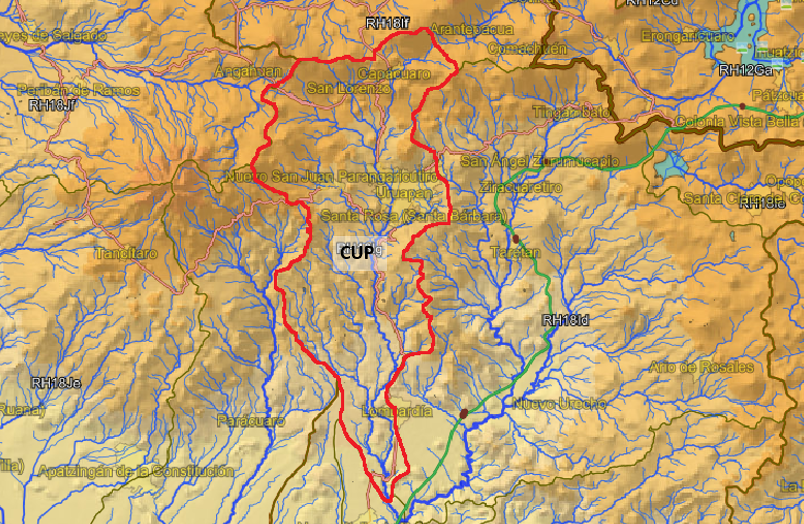
Occurence: The Catarina Allotoca is known from only about 20km along the Río Santa Bárbara-Cupatitzio system in and south of Uruapan. Wastewaters from the town of Uruapan have a heavy impact on river sections below the town, making parts of it probably uninhabitable. On this survey in 2017, the group was not able to find any fish directly below the falls of Tzaráracua about 2.5km SW of Uruapan. The water was smelling terribly and the surface was covered with foam. Anyway, river sections thereafter might be in slightly better condition due to the cleaning possibilities of riparian vegetation, but suitable habitats might in the very best case not reaching further downstream than to the power plant at Charapendo (Hidroeléctrica Cupatitzio) and the Presa de Jicalán, which is about 7km S of the most southern known collection site.
The occurence of the Catarina-Allotoca within the Río Cupatitzio drainage:
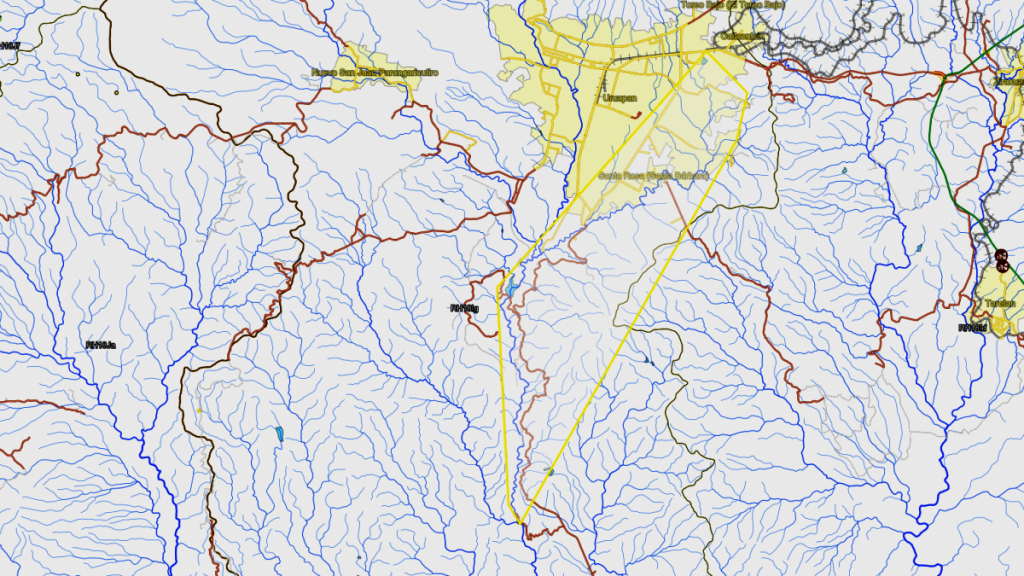
Habitat: The Presa Santa Catarina has an extension of 300x100-180m, the average depth couldn't be ascertained during a survey by the Goodeid Working Group in 2017, but might be deeper than 1.5m. The group documented this species from the upper part of the Presa. Here a narrow path over a wall dams the spring creek up to a 20x30m shallow pool and separates it from the rest of the Presa with a passage in the middle. Another wall is on top of this pool, leavig a passage for the moderatly fast flowing creek. Fish could be found on both sides of this little dam. The water was about 50cm deep, the ground made up of silt, mud and sand, with almost evenly distributed rocks and boulders. Those rocks were densily covered with green filamentous and short brown algae and aufwuchs. The shore was partly made up of riparian grass, partly building up dense vegetation growing in the shallow water or hanging over the surface. The habitat was partly shaded by huge willow trees (Salix sp.). Allotoca catarinae was mainly hiding between the rocks or more often in the vegetation. The only other fish at this collection site was another Goodeid species, Ilyodon whitei. The Presa itself is bordered by walls forming a steep bank on the left side and a sandy-grassy shallow beach on the right one, everything partly shaded by trees. Recent studies (Hernández-Chávez et al., 2014) revealed a trophic niveau for this species of TROPH=2.48±0.28, means Allotoca catarinae is a carnivorous species. An expansion of turbid sections of the river can be observed and due to a reduction of sight, especially for hunting fry, a decline of population can be inferred. The water parametres taken in March 2017 were: Water temperature; 17.4°C, pH: 7.25, conductivity: 1,108μS.
Presa Santa Catarina:
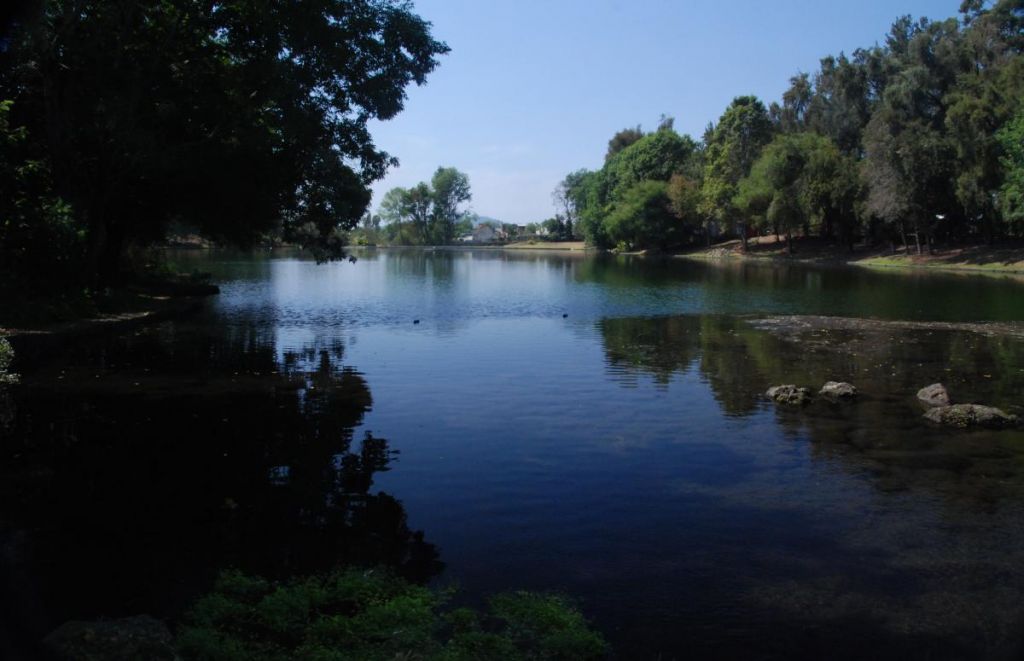
Threats: Besides water pollution, another not neglibible threat comes from a trout farm in the Parque Nacional "Barranca del Cupatitzio" in the headwaters of the Cupatitzio river in Uruapán. Rainbow trouts (Oncorhynchus mykiss) are top predators in aquatic systems and escaped individuals constitute a threat for native fish. Though they wouldn't be able to access the Río Santa Bárbara due to the above mentioned waterfall, the impact on stocks in the Río Cupatitzio would be dramatic and lead to a decline.
Husbandry: Looking on the biotopes of Allotoca catarinae, they suggest the species may prefer a habitat with moderate to swift current, structured with gravel, rocks, roots, branches, fallen leaves and river bank vegetation. Fry is eaten in most of the cases, but it may depend on the quantity and quality of food and on the number of places to hide. When several different stages of juveniles occur, fry may be neglected, so it makes sense to add separate brought up fry to the group with a size of 1.5 or 2cm to provide these stages and get a flock breeding colony. The recommended tank size is at least 100 liters, bigger tanks with a generous base and little height (25cm are enough) are better for sure. With rocks and vegetation in the corners and backside of the tank well structured tanks combined with some roots and/or wood seem to do best with this species. The current should be moderate or swift, especially as the species is adapted to a high oxygene level (at least 8mg/l). In the wild, the species seems to feed mainly from small or middle-sized invertebrates like bloodworms or insect larvae, so feeding with similar food, water fleas, Mysids and other food from animalistic sources will be best for this predatory fish. In aquarium, it feeds also well from flake food, granulate and even tablets, additionally given Nauplii of Brine Shrimps are eaten greedy. The species is acting a bit shy. Concerning water quality, this species is in need of bigger water changes (60-80% every week) like most of the Goodeids, especially river and spring inhabiting species, so an automatic water changing system can be helpful. Otherwise, in combination with constant temperatures higher than 24°C, fish may get sick, lose resistance against diseases and age too fast. So for keeping the strain healthy and strong, give the fish a rest during winter time with temperatures lower than 20°C for 2 or 3 months so they stop producing fry. Allotoca species can be kept down to temperatures of 15-16°C without problems for months, some species even lower. In spring, when the temperature slowly increases, they will start spawning at 20 or 21°C and won't stop until it gets colder again or when it gets too warm (25°C). This species is doing very well when is kept in the open from spring to fall, starting when the water temperature by day exceeds 15°C and cold periods are no longer expected. Bring them out in the early afternoon, the time of the day with the highest water temperature. During the warm summer, reproduction will stop and may occur again in fall. Bring the fish in before the water temperature deceeds 15°C by day and keep them cool for the first days, then slowly raise the temperature but try to stay below 20°C over the winter time.
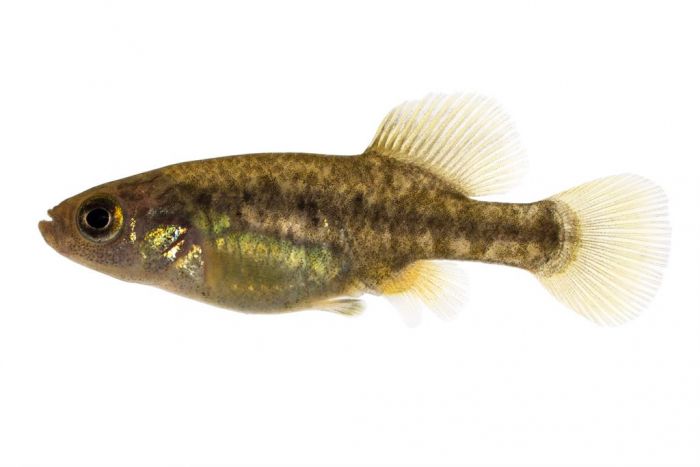
Category:
